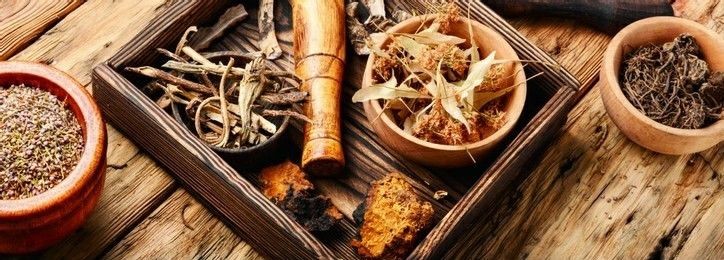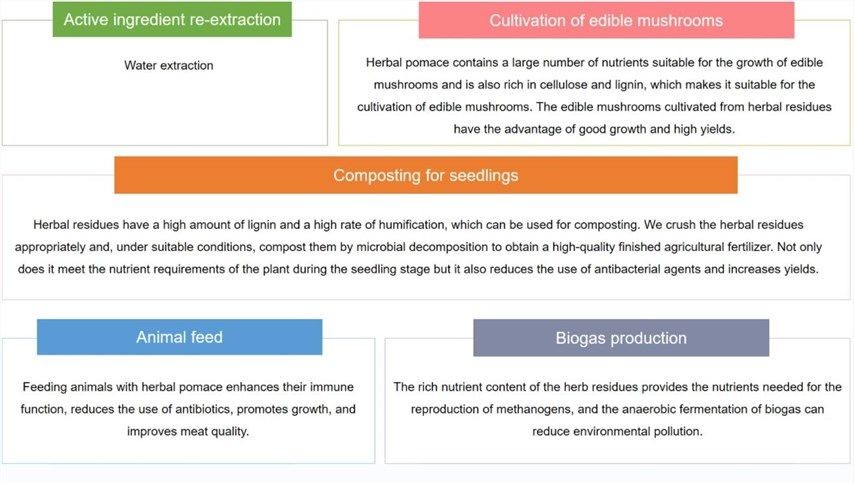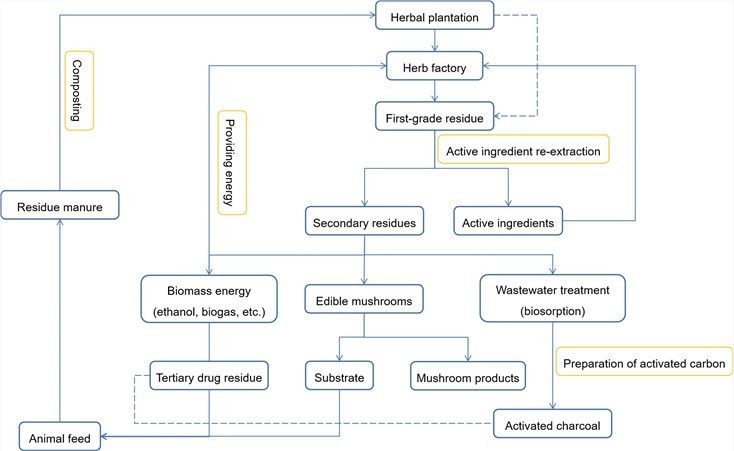Treatment and Reuse of Herbal Medicinal Dregs
Inquiry
The residue of herbs is a waste product from the processing and preparation of herbs, production, and other herbal-related products. It is also rich in organic matter such as fiber, hemicellulose, lignin, polysaccharides, proteins, and trace elements. Simply disposing of herbal residues in piles, incinerators, and landfills will result in a waste of herbal resources. Lifeasible offers you a new way of using herbal residues in an efficient and integrated way, helping you to develop a new way of using herbal residues ecologically.

Technology for the use of herbal medicine residues
Biomass gasification technology
Biomass energy can be converted into gaseous, liquid, or solid form by fermentation, thermochemistry, etc., and is universally applicable. Herbal residues are typical biomass. Using biomass gasification technology, we can convert biomass raw materials such as herbal residues into clean gas, making the whole process, clean and efficient.
Steam explosion technology
We steam the herbal raw material under water vapor at a certain pressure and temperature to partially hydrolyze the starch, hemicellulose, and other components of the plant to produce soluble sugars while softening and partially degrading the lignin in the composite intercellular layer and breaking the cell wall. This technology allows us to separate the glycosides from the sugar groups in natural plants under water vapor conditions without adding any chemical reagents, thus extracting glycosides from the plant material and improving the efficiency of glycoside extraction and separation. It also allows the reduction of heat-sensitive components (e.g., volatile oils) and facilitates subsequent enzymatic fermentation for the production of energy sources such as ethanol and butanol, and the final residue remaining can be used to prepare feed, fertilizer, and fuel.
Catalytic cracking technology
We can use cracking and liquefaction methods to crack biomass like herbal residues into new energy sources for high-value-added conversion.
Microbial transformation technology
Microbial transformation is the use of enzymes produced by microorganisms to modify the structure of herbal residues. We use microbial transformation technology to transform herbal residues into resource-based substances with high utilization value and enhance the utilization value of herbal residues. During the microbial transformation process, cellulases, ligninases, and amylases are produced to break down the tissue cells, thus facilitating the leaching of the active substances from the herbal residues. Microorganisms can also decompose and transform the ingredients in the herbs to produce secondary metabolites, enhancing the therapeutic effect.
Solid-state fermentation technology
Herbal residues are rich in lignin, which can be fermented into fermented foods after solid-state fermentation.
Ways of using herbal residues

An ecological model for the integrated use of herbal residues

Lifeasible's ecological model for the integrated use of herbal residues aims to achieve an integrated, efficient, and circular use of herbal resources. We are committed to establishing a recycling pathway between the herbal plant, the herbal factory, and the residue treatment. Please feel free to contact us to realize the comprehensive use of herbal resources so that the value of herbal medicine residue is truly reflected, not just simply used once.
For research or industrial raw materials, not for personal medical use!
Related Services



